Dear Readers, every day I am receiving new subscribers - yay! I am so honored and thrilled to watch this Substack grow.
In writing this weekly newsletter, I am using my journalistic skills to research and ‘report’ on all the cool things I’m discovering about Paris and French culture.
As I continue to deliver interesting gems, I would like to ask if you would be willing to support my newsletter by becoming a paid subscriber. The more deep the dive, the more time it takes to bring you these cool discoveries.
Thank you for reading, and to all of you subscribers new and old.
Now let’s move on to my latest discovery!


Greetings!
Boy, have I found another gem for you.
This time, in perusing the endless gifts that are hiding within the website of France’s National Library, I discovered a cache of 19th century travel guides published in French.
The fun part of this is it brings me back to an era before airplanes, before cars, and, of course, before the technology we have today that makes travel so easy. Imagine someone traveling all over France and gathering the latest information on everything from hotels to the cost of renting a bathing suit. No telephones, no internet. It is absolutely fascinating to go back in time and see how travel guides were written.
So here are a few selected books I wanted to share with you:
Guides Joanne
I first heard of these guides when I saw an advertisement in an old American newspaper that used to be published in Paris:
Fascinated, I wanted to do some research. It turns out, these guidebooks debuted in 1853 and are still in publication today! They were created by Adolphe Joanne, himself an avid traveler who wrote to the everyday needs of a visitor, such as information about currency, travel itineraries, maps, and landmarks shown in illustrations.
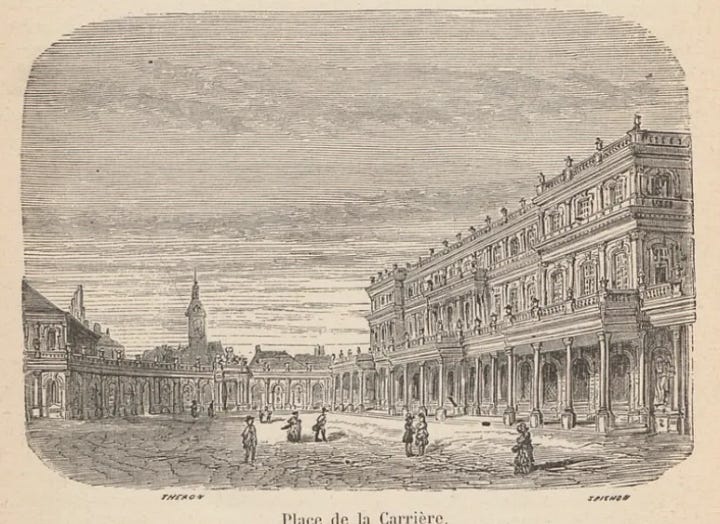
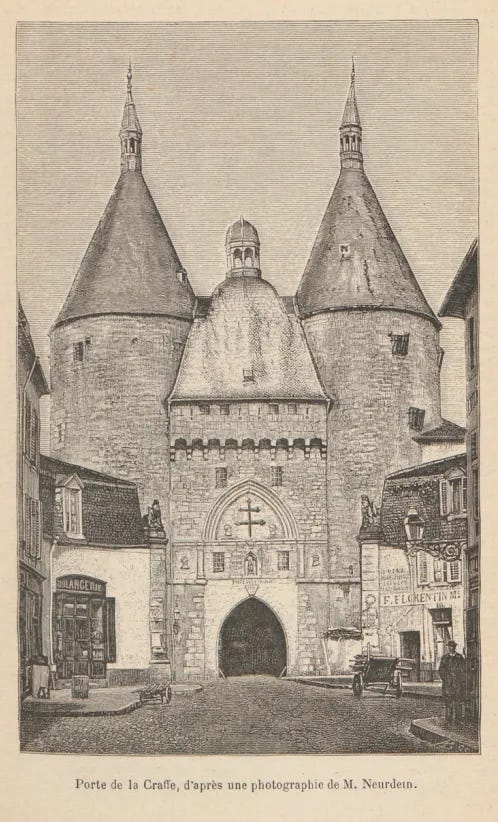
My guess is that photography was so new at that point, that inserting photographs into books wasn’t yet a ‘thing’, so sometimes illustrations would be drawn from photos that.
Eventually, Adolphe Joanne hired a team of writers to expand the territory covered in his travel books. In 1919, his guides were renamed Guides Bleus and eventually were sold by the publisher Hachette.
The Joanne guides were known to provide very thorough information to the traveler. I’m not talking just about transport and hotels, but places to get spa ‘cures’, banks, jewelers, perfumers, engravers, and of course, chocolatiers.

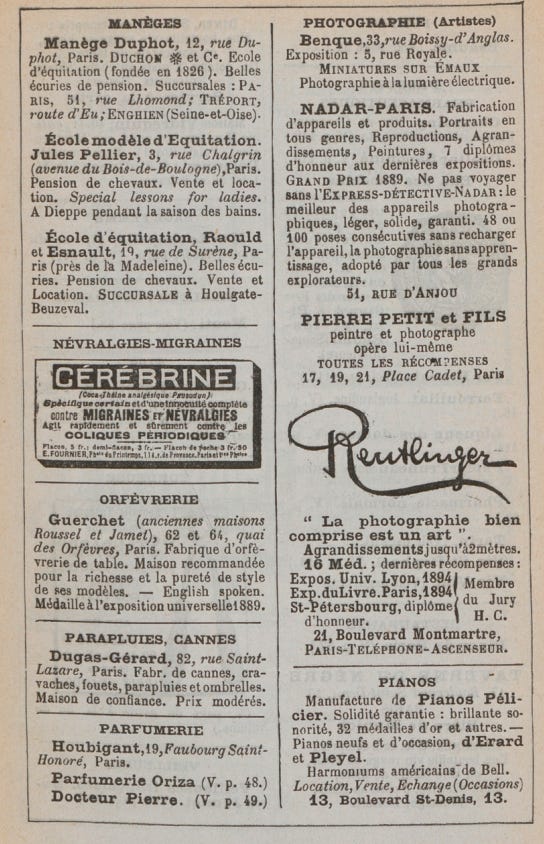
Garnier Frères
These brothers ran a bookstore in Paris, which was opened in 1833 in the Palais Royal, a busy and bustling part of the city. Most of what they published were novels and other important works. However, they did have guides in their repertoire, like the one below from 1866, entitled Guide Pratique, Historique et Descriptif aux Bains de Mer. The book provides an exhaustive list of lovely seaside places to visit in France, complete with timetables, itineraries, and prices for things like renting towels for bathing, swimming costumes, or safety gear.
The author of Bains de Mer, Eugène d’Auriac, really did his homework. Here’s a sample of various suggested itineraries for enjoying the coast of Brittany and Normandy, highlighting different options for traveling by train, boat and/or car:
The Bains de Mer also has a few drawings of various towns that are listed in the book, like Le Tréport in northern France:
Michelin Guide
Now we’ve come to the famed Michelin guide, which of course has adapted with time and is still very much used today.
Michelin was started as a tire company by two brothers (seems to be a trend, brothers going into business) in 1889. Back then, driving a car was rather rare for people in France. But the Michelin brothers played the long game: they predicted that cars would become a thing of the future.
Even though tires were their business, they introduced guidebooks in 1900 that offered information for motorists on hotels, gas stations and restaurants. It was a nice soft-power drive (pun intended) to help boost their reputation as an authority on tires and travel by car. According to Michelin, 3,500 books were handed out for free in the beginning.
Today, the Michelin guide is, well, notorious for being a primo decider of a restaurant’s fate with their hard-to-come-by stars. I would highly recommend downloading the Michelin Guide app onto your phone — they have great tips on restaurants all over the world, many affordable and not just the high-end stuff. (Merci to my friend Magali!)
Guide des Voyageurs en Europe
Many guides that were written during the 19th century had to be frequently updated because of advancements in transportation. However, I found a book that actually started publication in the 18th century. It's a 590-page book called Guide des Voyageurs en Europe or “Traveler’s Guide to Europe” that was published with various editions between 1793 to 1824. Technically, it’s a German book — the author was a prolific German traveler named Heinrich August Ottokar Reichard — but it was quickly translated into French.
In perusing a few pages of the 3rd edition from 1805, I saw some interesting pieces of advice:
It’s important to know how to swim because you never know when you’ll have to save someone’s life. Also, there are various devices (even in 1805) to help people swim or stay afloat in the water that are of good use.
A good knowledge of music and fine art can be useful in one’s travels, and help a traveler find him- or herself in good society as a result.
Finally, my personal favorite, and I quote: “A traveler should always be armed with paper, quill and ink because writing in pencil can easily be erased and one loses the fruit of his writings.”
I could probably write a small book on all the cool and interesting things I found in these old books. An interesting project would be to read through one of them, say, a guide on Paris, and compare it to what still exists today. Imagine, reading a guidebook about Paris before the Eiffel Tower was built? Let’s also forget that in the second half of the 19th century, a lot of old Paris disappeared as the city underwent a major reconstruction project to modernize. So probably a lot of it no longer exists anyway…
Sources:
Explainer of different tourist guides





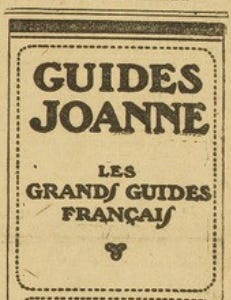
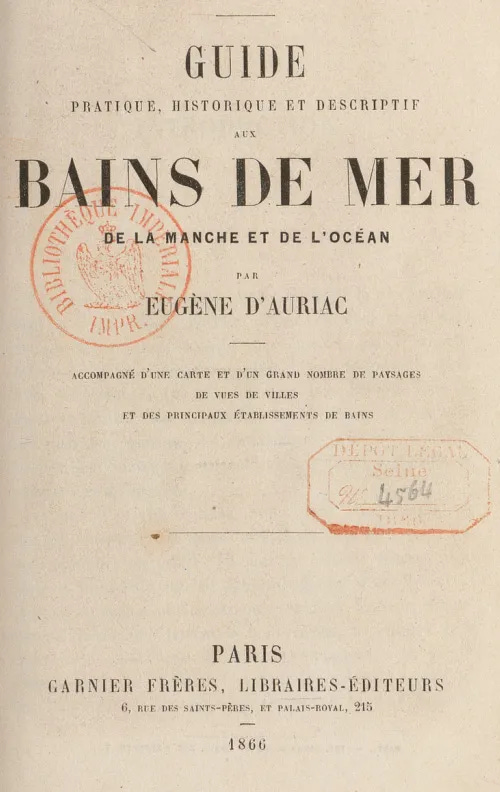


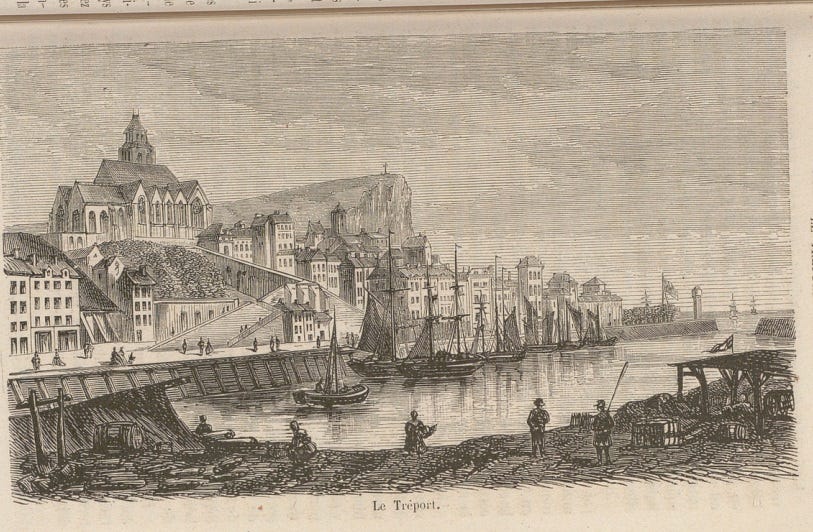
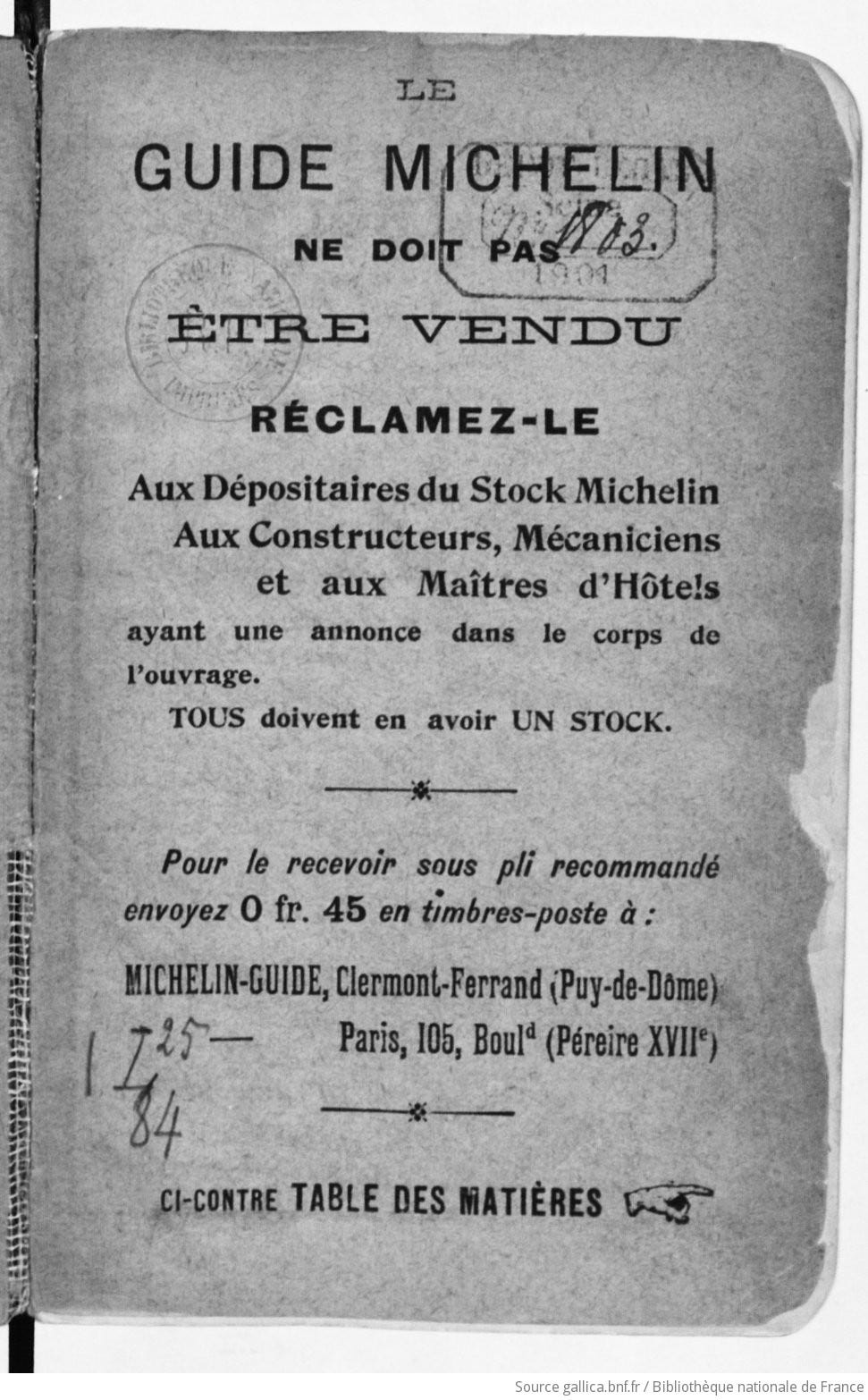

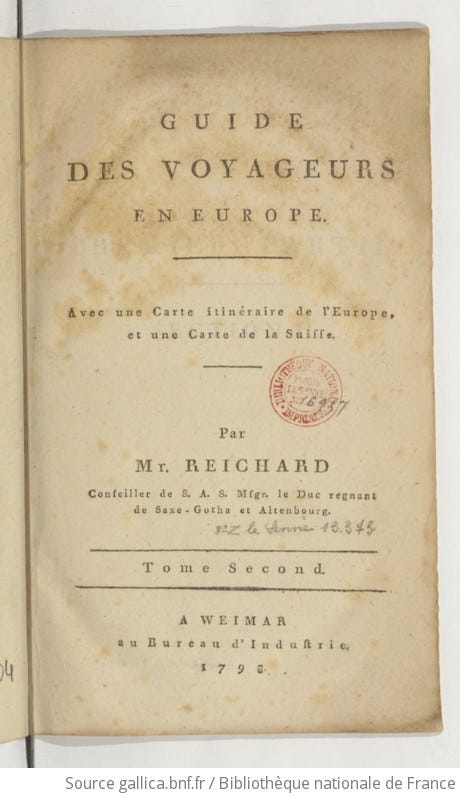
Awesome and d so interesting!
I am all over this! I have picked up several older guidebooks over the years at antique shops and used book shops, and have bought a few related to my destinations. They have been 20th century books though -- still very interesting!